Home>Storage & Organization>Kitchen Organizing Tools>What Is Litter Box Aversion
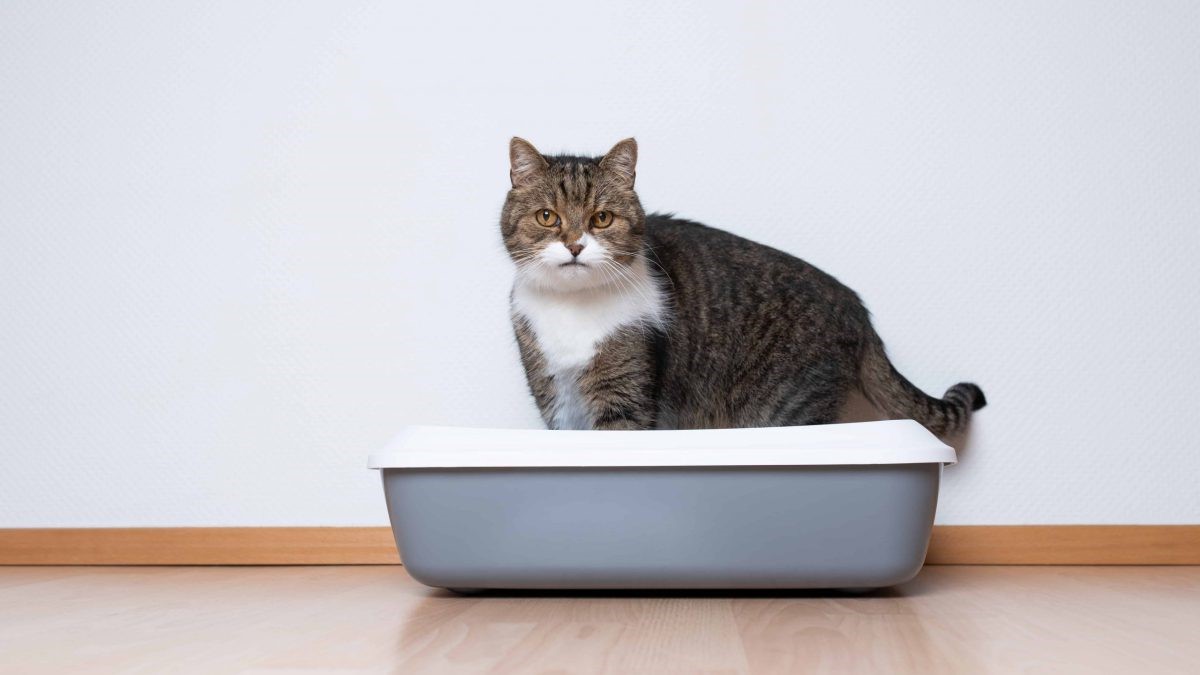

Kitchen Organizing Tools
What Is Litter Box Aversion
Published: February 23, 2024
Discover effective kitchen organizing tools to overcome litter box aversion and create a clean, clutter-free space. Explore innovative solutions for a tidy and functional kitchen.
(Many of the links in this article redirect to a specific reviewed product. Your purchase of these products through affiliate links helps to generate commission for Storables.com, at no extra cost. Learn more)
Definition of Litter Box Aversion
Litter box aversion refers to a condition in which a cat develops a strong dislike or fear of using its litter box for urination and defecation. This aversion can lead to the cat choosing alternative locations within the home to relieve itself, causing distress for both the pet and its owner. It is essential to recognize that litter box aversion is not a behavioral problem but rather a response to an underlying issue that needs to be identified and addressed.
When a cat exhibits litter box aversion, it may avoid using the litter box altogether or only use it sporadically. This behavior can manifest in various ways, such as urinating or defecating outside the litter box, showing signs of anxiety or discomfort when approaching the litter box, or vocalizing distress while attempting to use it. These actions are indicative of the cat's aversion to the litter box, and understanding the underlying causes is crucial in resolving the issue.
Litter box aversion can significantly impact the well-being of the cat and the harmony within the household. It is important to approach this issue with empathy and understanding, recognizing that the cat's behavior is a form of communication regarding its physical or emotional state. By acknowledging the significance of litter box aversion and its potential impact, pet owners can take proactive steps to address the issue and improve their feline companion's quality of life.
Understanding the definition of litter box aversion sets the stage for exploring the potential causes behind this behavior. By delving into the underlying factors contributing to litter box aversion, pet owners can gain valuable insights into their cat's needs and work towards creating a supportive environment that promotes positive litter box habits.
Key Takeaways:
- Cats may develop a strong dislike or fear of using their litter box, leading to distress for both the pet and its owner. Understanding the causes and signs of litter box aversion is crucial for addressing this issue effectively.
- To prevent litter box aversion, create a comfortable and stress-free environment for your cat, introduce the litter box early, maintain cleanliness, and provide positive reinforcement. Understanding your cat’s needs is key to promoting healthy litter box habits.
Read more: What Is The Largest Litter Box
Causes of Litter Box Aversion
Litter box aversion can stem from a variety of factors, encompassing both physical and psychological elements that influence a cat's behavior. Understanding these potential causes is instrumental in addressing the issue effectively and providing the necessary support for the feline companion. Here are the primary causes of litter box aversion:
-
Medical Conditions: Cats may develop an aversion to the litter box if they are experiencing underlying medical issues such as urinary tract infections, bladder stones, or gastrointestinal discomfort. The association between using the litter box and experiencing pain or discomfort can lead to aversion, prompting the cat to seek alternative locations for elimination.
-
Litter Box Preferences: Cats are discerning animals with individual preferences, and they may develop aversion if the litter box does not meet their specific requirements. Factors such as the type of litter used, the cleanliness of the box, or the location of the box within the home can significantly impact a cat's willingness to use it.
-
Stress and Anxiety: Environmental stressors, changes in routine, or the introduction of new pets or family members can induce anxiety in cats, leading to litter box aversion. Cats are sensitive to disruptions in their environment, and these stressors can manifest in their litter box behavior.
-
Litter Box Accessibility: Cats, particularly senior or physically impaired felines, may develop aversion if the litter box is not easily accessible. Factors such as high-sided litter boxes, challenging entry points, or the location of the box in relation to the cat's living space can contribute to aversion.
-
Negative Associations: Cats have a keen memory and can form negative associations with the litter box due to past traumatic experiences, such as being startled while using the box or associating it with punishment. These negative associations can lead to aversion over time.
-
Litter Box Size and Number: In multi-cat households, inadequate access to litter boxes or a limited number of boxes can result in aversion. Cats may feel territorial or stressed if they perceive a lack of resources, leading to avoidance of the litter box.
Understanding these potential causes of litter box aversion empowers pet owners to identify the specific factors influencing their cat's behavior. By recognizing the underlying causes, pet owners can take targeted steps to address the issue and create a supportive environment that encourages positive litter box habits.
Signs and Symptoms of Litter Box Aversion
Identifying the signs and symptoms of litter box aversion is crucial for understanding a cat's behavior and addressing potential underlying issues. Cats communicate their discomfort or distress through various behavioral cues, and recognizing these signs can guide pet owners in providing the necessary support. Here are the key signs and symptoms indicative of litter box aversion:
-
Urinating or Defecating Outside the Litter Box: One of the primary indicators of litter box aversion is when a cat consistently chooses to eliminate outside the designated litter box area. This behavior may involve urinating or defecating on carpets, floors, or other household surfaces, signaling the cat's reluctance to use the litter box.
-
Avoidance of the Litter Box: Cats experiencing aversion may actively avoid the litter box, displaying hesitation or outright refusal to enter the designated area for elimination. This avoidance can manifest as the cat actively seeking alternative locations within the home to relieve itself.
-
Excessive Grooming: Cats may engage in excessive grooming behaviors, particularly around the genital area, as a response to the stress or discomfort associated with litter box aversion. Excessive grooming can indicate the cat's attempt to alleviate its anxiety or discomfort through self-soothing behaviors.
-
Vocalization and Agitation: Cats experiencing litter box aversion may vocalize distress or exhibit signs of agitation when approaching or using the litter box. This can include meowing, growling, or displaying signs of anxiety such as pacing or restlessness in proximity to the litter box.
-
Changes in Posture and Body Language: Observing changes in a cat's posture and body language when near the litter box can provide insights into its aversion. Signs such as hunching over, tense body posture, or rapid tail movements may indicate the cat's discomfort or anxiety related to the litter box.
-
Unusual Litter Box Behaviors: Cats may display atypical behaviors when interacting with the litter box, such as digging excessively, scratching around the box without eliminating, or displaying signs of distress immediately after using the box. These behaviors can signify the cat's aversion to the litter box environment.
Recognizing these signs and symptoms empowers pet owners to intervene and address the underlying factors contributing to their cat's aversion. By closely observing their feline companion's behavior and responding with empathy and understanding, pet owners can take proactive steps to support their cat's well-being and promote positive litter box habits.
How to Address Litter Box Aversion
Addressing litter box aversion requires a comprehensive approach that considers the specific needs and circumstances of the affected cat. By understanding the underlying causes and implementing targeted strategies, pet owners can effectively support their feline companion and promote positive litter box habits. Here are essential steps to address litter box aversion:
-
Consult a Veterinarian: When a cat exhibits litter box aversion, it is crucial to rule out any underlying medical conditions that may be contributing to the behavior. A thorough veterinary examination can identify potential health issues such as urinary tract infections, bladder stones, or gastrointestinal discomfort. Addressing these medical concerns is fundamental in alleviating the cat's aversion and promoting a healthy litter box routine.
-
Evaluate Litter Box Environment: Assessing the cat's litter box environment is essential in identifying potential stressors or discomfort. Ensure that the litter box is easily accessible, located in a quiet and secure area, and equipped with litter that aligns with the cat's preferences. Additionally, maintaining a clean litter box by regularly scooping and changing the litter can enhance the cat's comfort and willingness to use the box.
-
Address Environmental Stressors: Cats are sensitive to changes in their environment, and addressing potential stressors can mitigate litter box aversion. Introduce environmental enrichments such as vertical spaces, hiding spots, and interactive toys to alleviate stress and provide a sense of security for the cat. Additionally, maintaining consistent routines and minimizing disruptive changes within the home can contribute to a calmer and more predictable environment for the cat.
-
Implement Positive Reinforcement: Encouraging positive associations with the litter box is instrumental in addressing aversion. Utilize treats, praise, and interactive play near the litter box to create a positive environment and reinforce the cat's confidence in using the designated area for elimination. Positive reinforcement can help reshape the cat's perception of the litter box and encourage consistent litter box habits.
-
Provide Adequate Litter Box Resources: In multi-cat households, ensure that there are a sufficient number of litter boxes available to prevent territorial conflicts and promote a sense of security for each cat. The general guideline is to provide one litter box per cat, plus an additional box, placed in different areas of the home. This approach can reduce competition and stress related to litter box usage.
-
Seek Behavioral Guidance: In cases where litter box aversion persists despite interventions, consulting with a feline behavior specialist or a certified cat behavior consultant can provide valuable insights and tailored strategies. These professionals can offer behavior modification techniques, environmental adjustments, and personalized guidance to address the specific needs of the cat and resolve litter box aversion effectively.
By implementing these proactive measures and addressing the underlying factors contributing to litter box aversion, pet owners can support their cat's well-being and foster a positive litter box routine. Understanding the individual needs and preferences of the cat is paramount in creating a supportive environment that promotes healthy litter box habits and enhances the bond between the pet and its owner.
Prevention of Litter Box Aversion
Preventing litter box aversion entails proactive measures aimed at creating an environment that supports positive litter box habits and addresses potential stressors that may contribute to aversion. By implementing preventive strategies, pet owners can foster a supportive and comfortable space for their feline companions, reducing the likelihood of litter box aversion. Here are essential steps for preventing litter box aversion:
Read more: What Are Litter Box Liners
1. Early Litter Box Introduction
Introducing kittens to the litter box at an early age is crucial in establishing positive litter box habits. By providing a suitable and accessible litter box, kittens can learn proper elimination behaviors and develop a routine that aligns with their natural instincts. Early exposure to the litter box sets the foundation for lifelong litter box acceptance and reduces the risk of aversion in the future.
2. Optimal Litter Box Environment
Creating an optimal litter box environment involves considering the cat's preferences and ensuring that the litter box meets its specific needs. This includes using the appropriate type of litter, maintaining cleanliness, and providing a comfortable and secure location for the litter box. Additionally, ensuring that the litter box is easily accessible, especially for senior or physically impaired cats, promotes consistent litter box usage and reduces the likelihood of aversion.
3. Multi-Cat Household Considerations
In multi-cat households, it is essential to provide an adequate number of litter boxes to prevent competition and territorial conflicts. Each cat should have access to its designated litter box, and additional boxes should be strategically placed in different areas of the home. This approach minimizes stress related to litter box usage and promotes a harmonious environment, reducing the risk of aversion.
4. Environmental Enrichment
Enriching the cat's environment with stimulating activities, vertical spaces, and interactive toys can alleviate stress and anxiety, contributing to a positive overall well-being. Environmental enrichment provides cats with outlets for mental and physical stimulation, reducing the likelihood of stress-induced aversion. By creating a stimulating and enriching environment, pet owners can promote a sense of security and contentment for their feline companions.
Read more: What Is A Cat Litter Box
5. Consistent Routine and Positive Reinforcement
Maintaining a consistent daily routine and incorporating positive reinforcement techniques can reinforce positive associations with the litter box. By offering praise, treats, and interactive play near the litter box, pet owners can create a positive environment that encourages the cat to view the litter box as a safe and rewarding space. Consistency and positive reinforcement contribute to the prevention of aversion and support healthy litter box habits.
By proactively addressing these preventive measures, pet owners can create an environment that minimizes the risk of litter box aversion and promotes positive litter box behaviors. Understanding the individual needs of the cat and providing a supportive and enriching environment fosters a strong bond between the pet and its owner while ensuring the cat's overall well-being.
Frequently Asked Questions about What Is Litter Box Aversion
Was this page helpful?
At Storables.com, we guarantee accurate and reliable information. Our content, validated by Expert Board Contributors, is crafted following stringent Editorial Policies. We're committed to providing you with well-researched, expert-backed insights for all your informational needs.
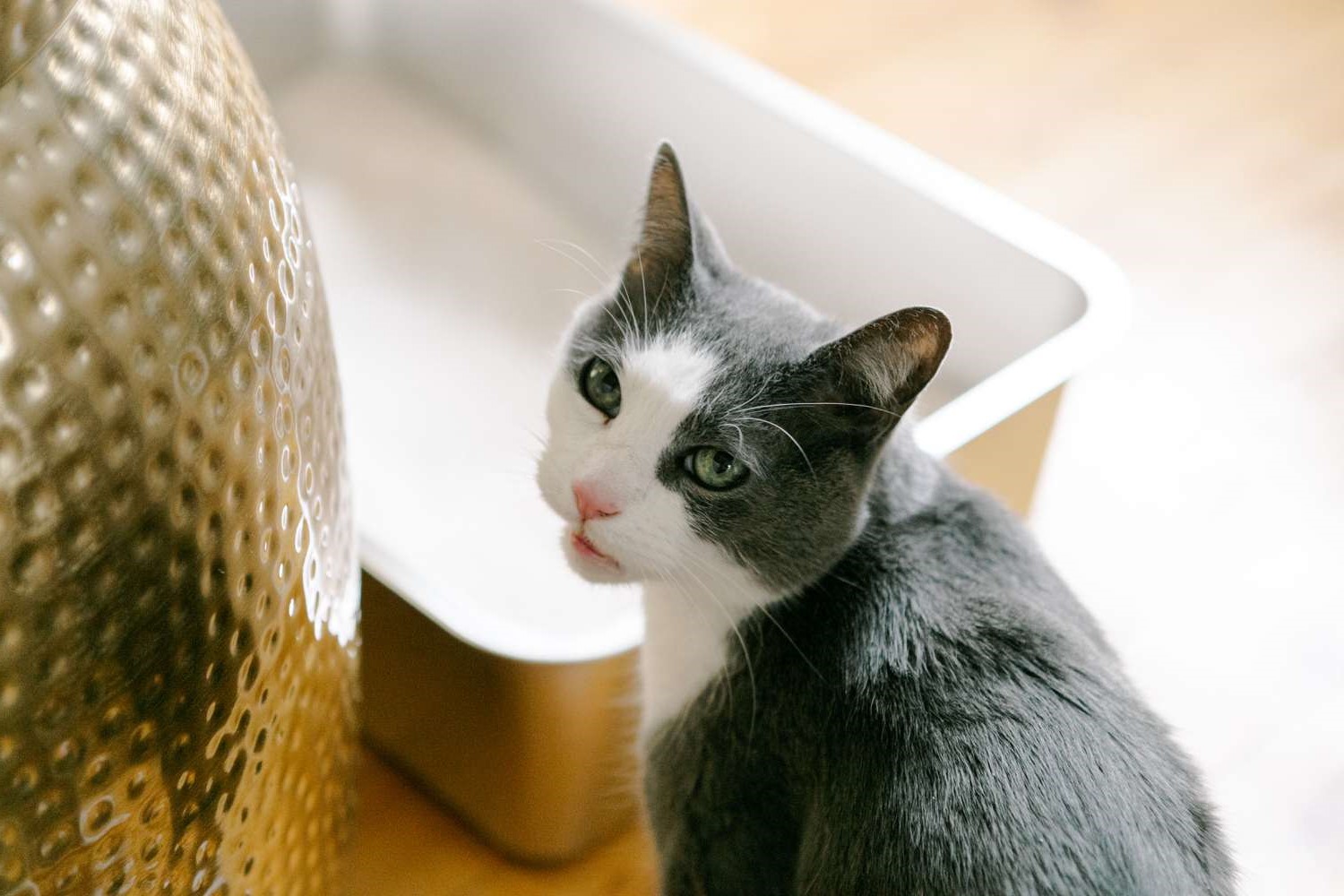
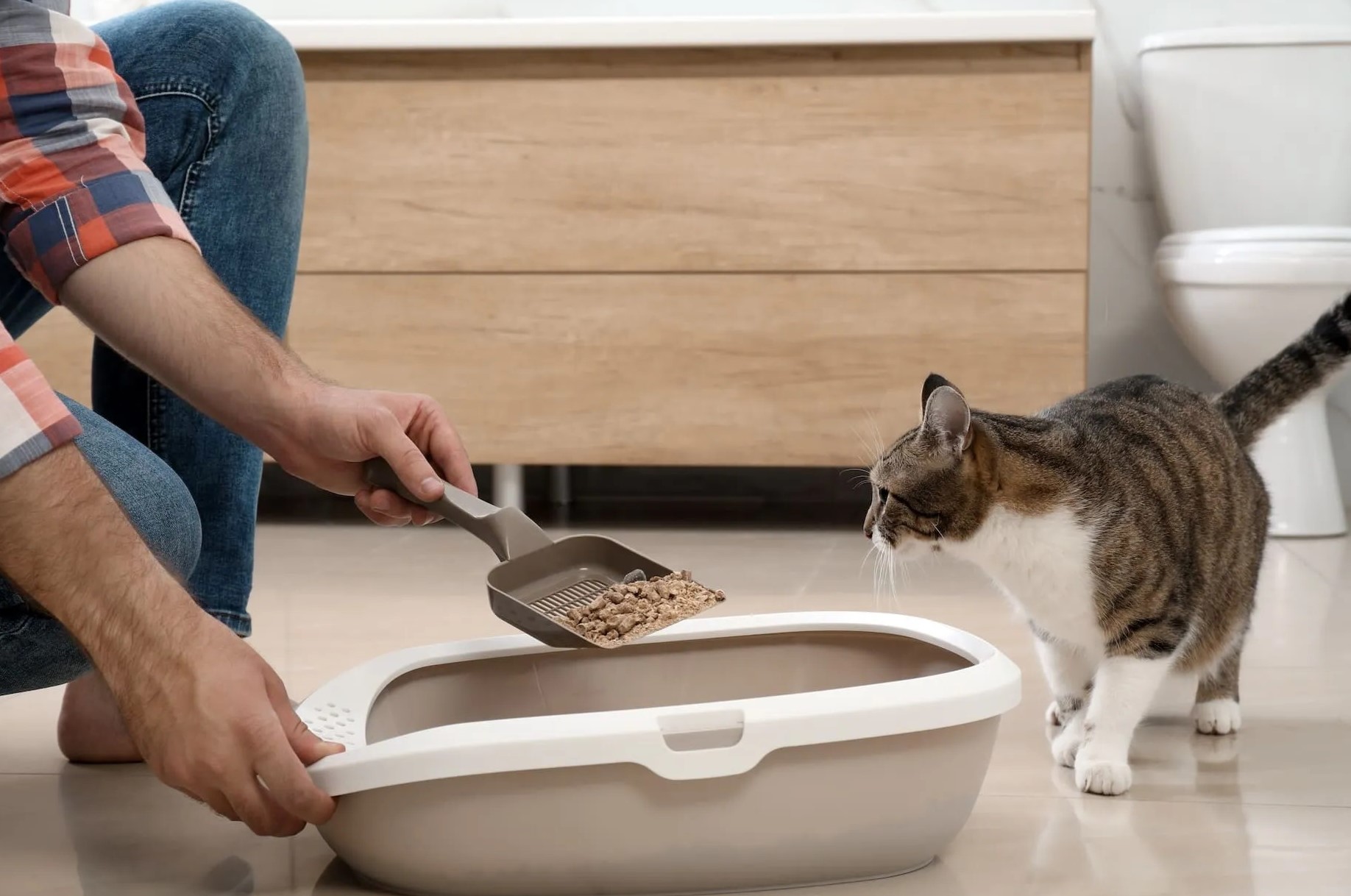

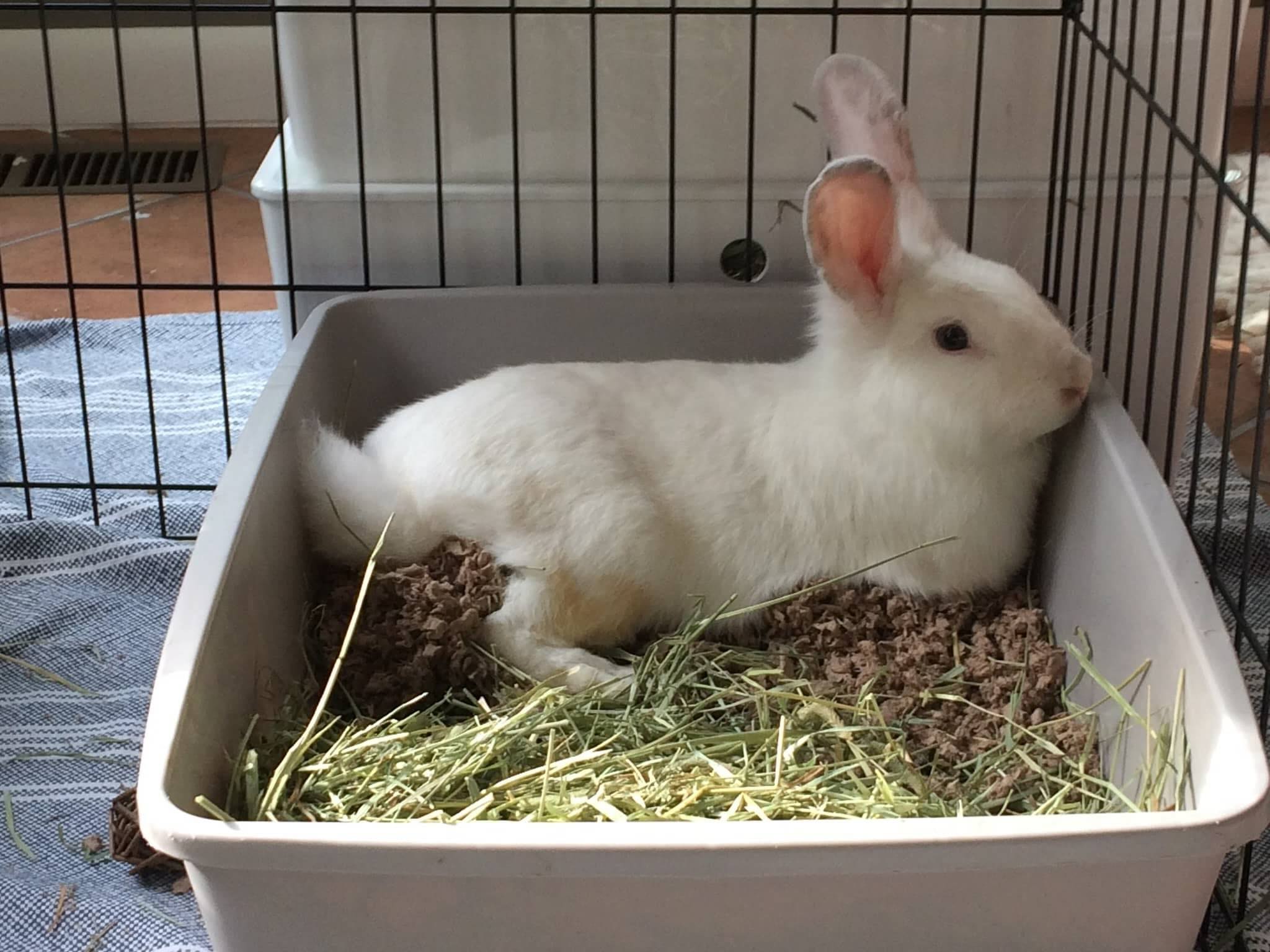
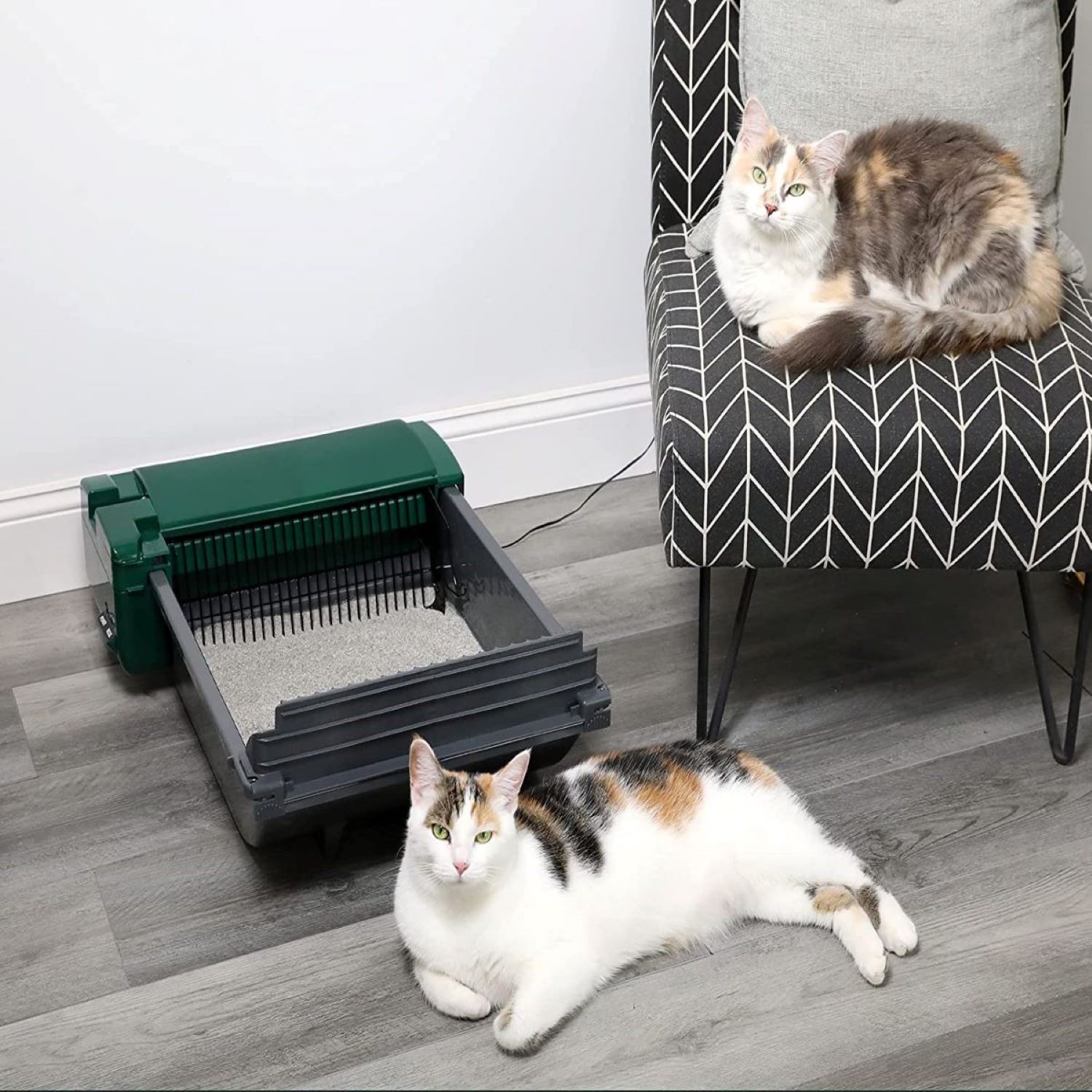
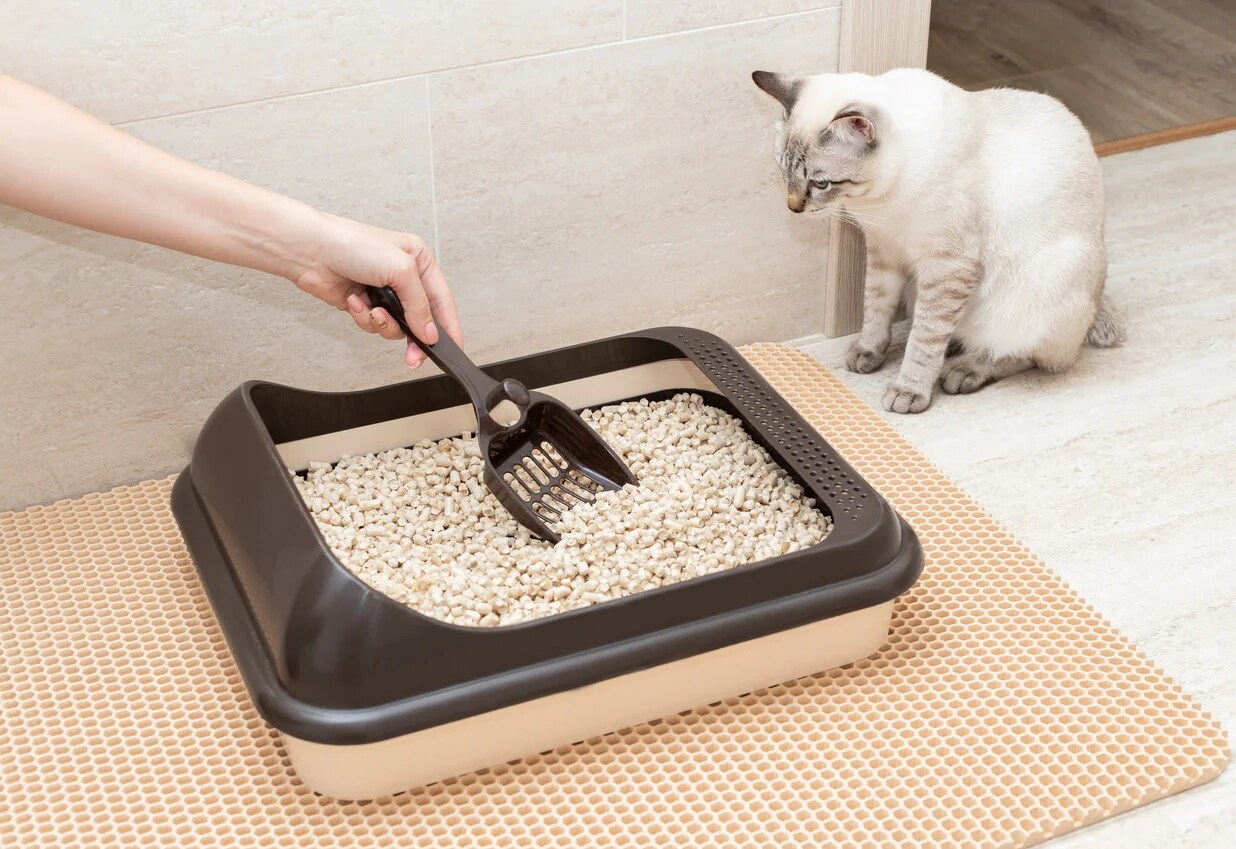
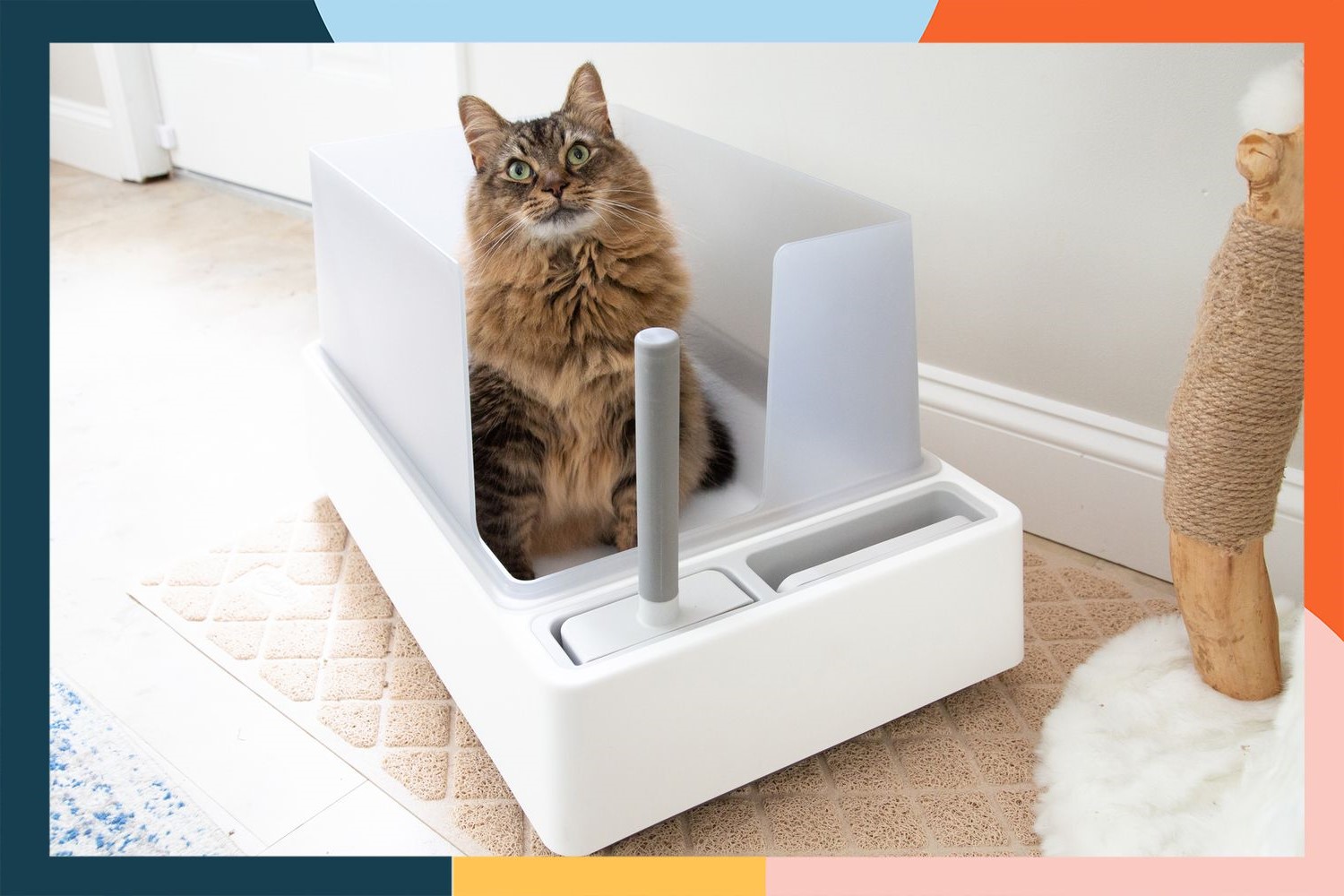
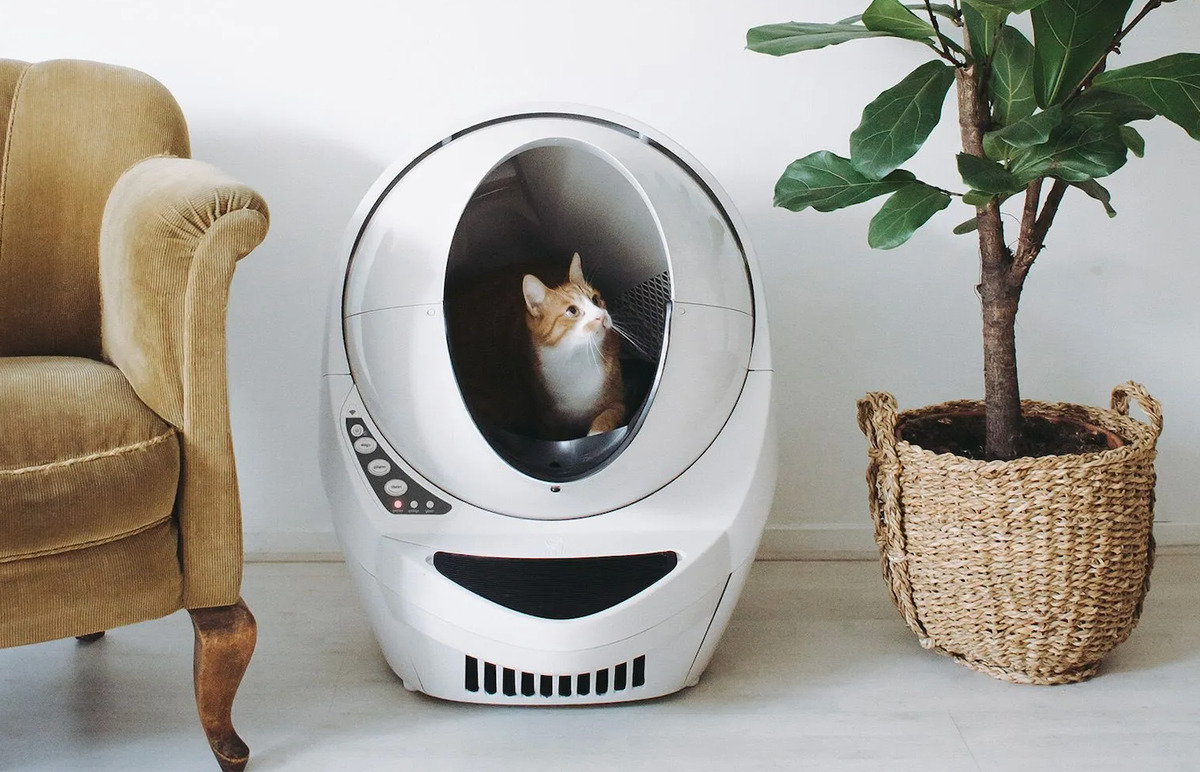
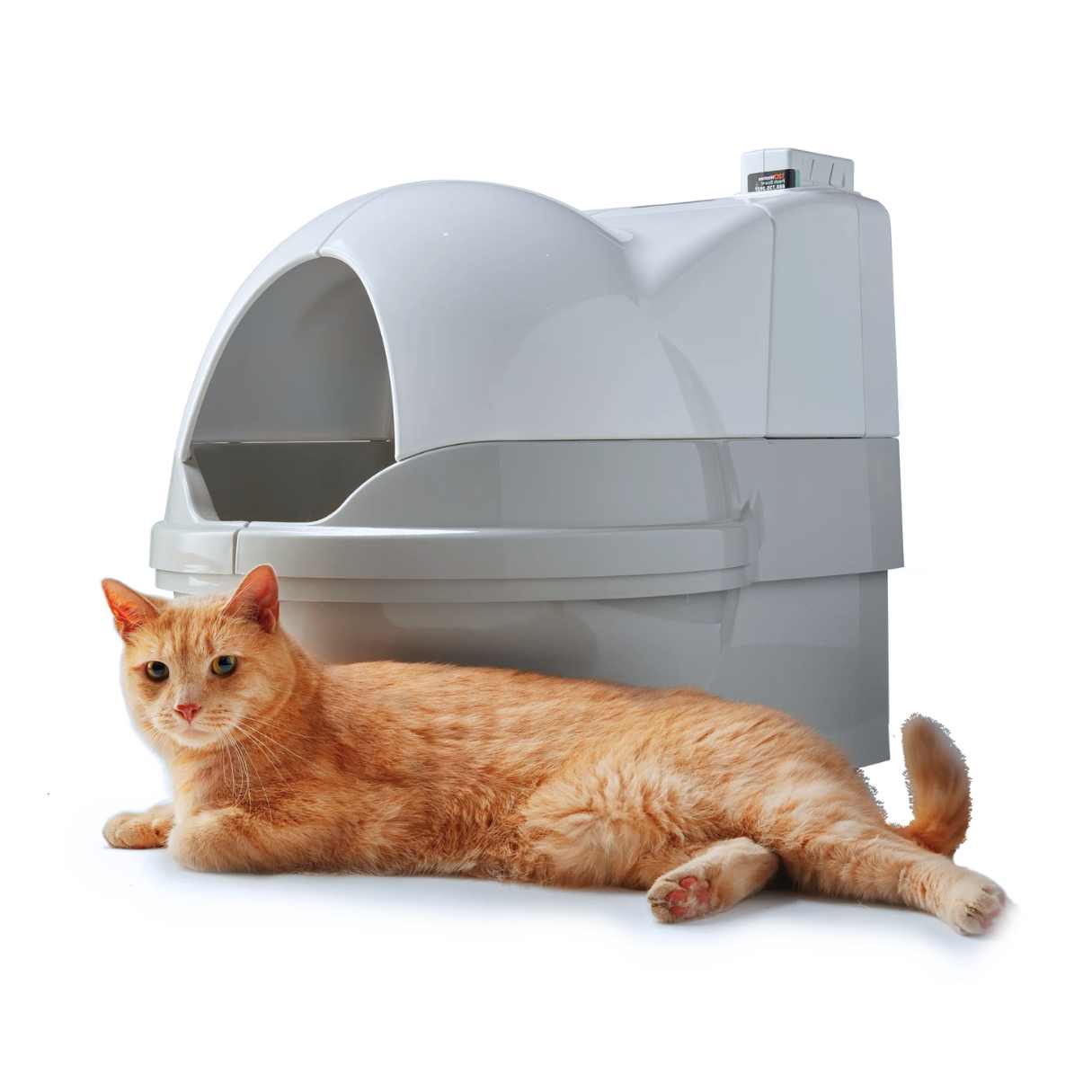
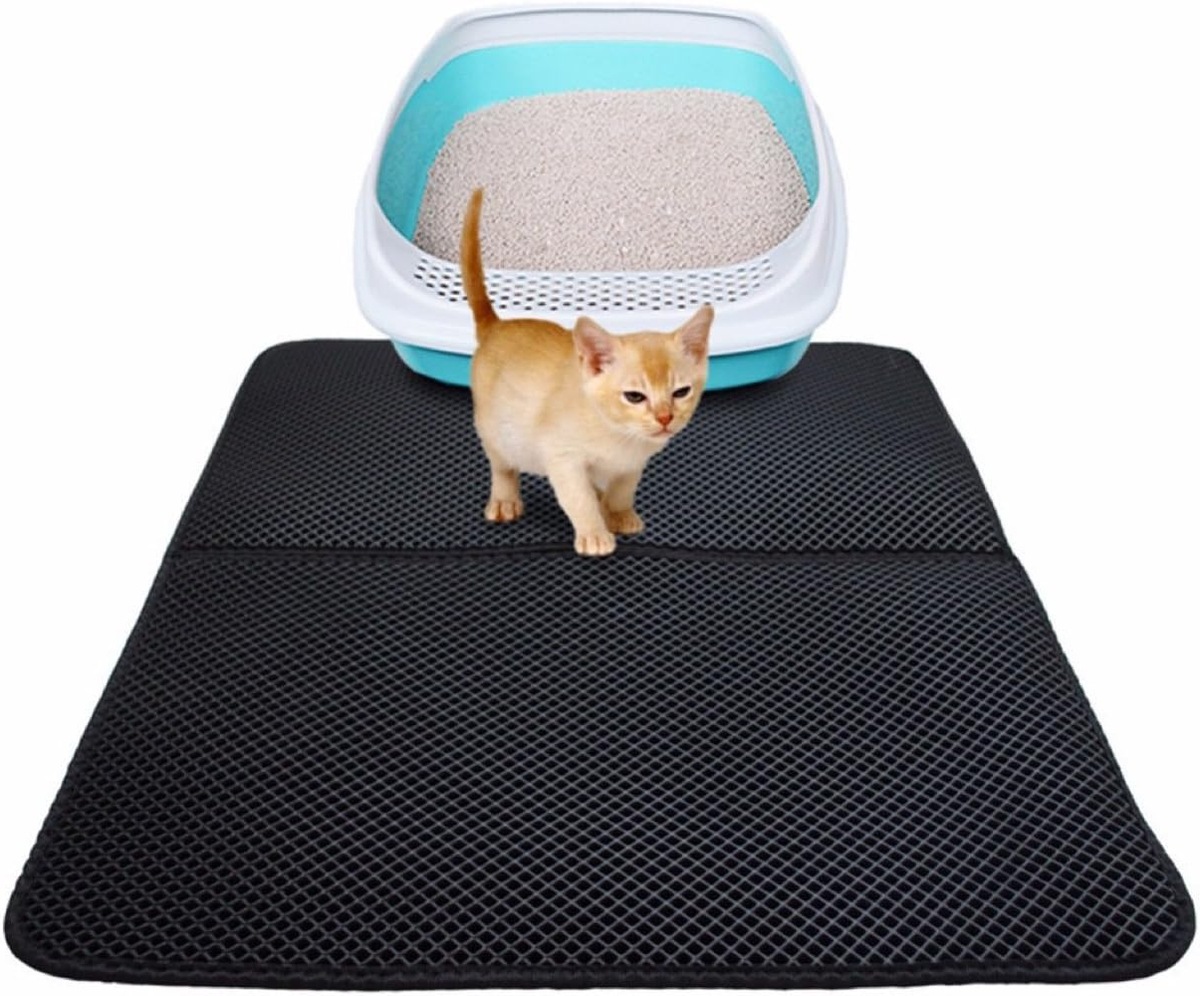
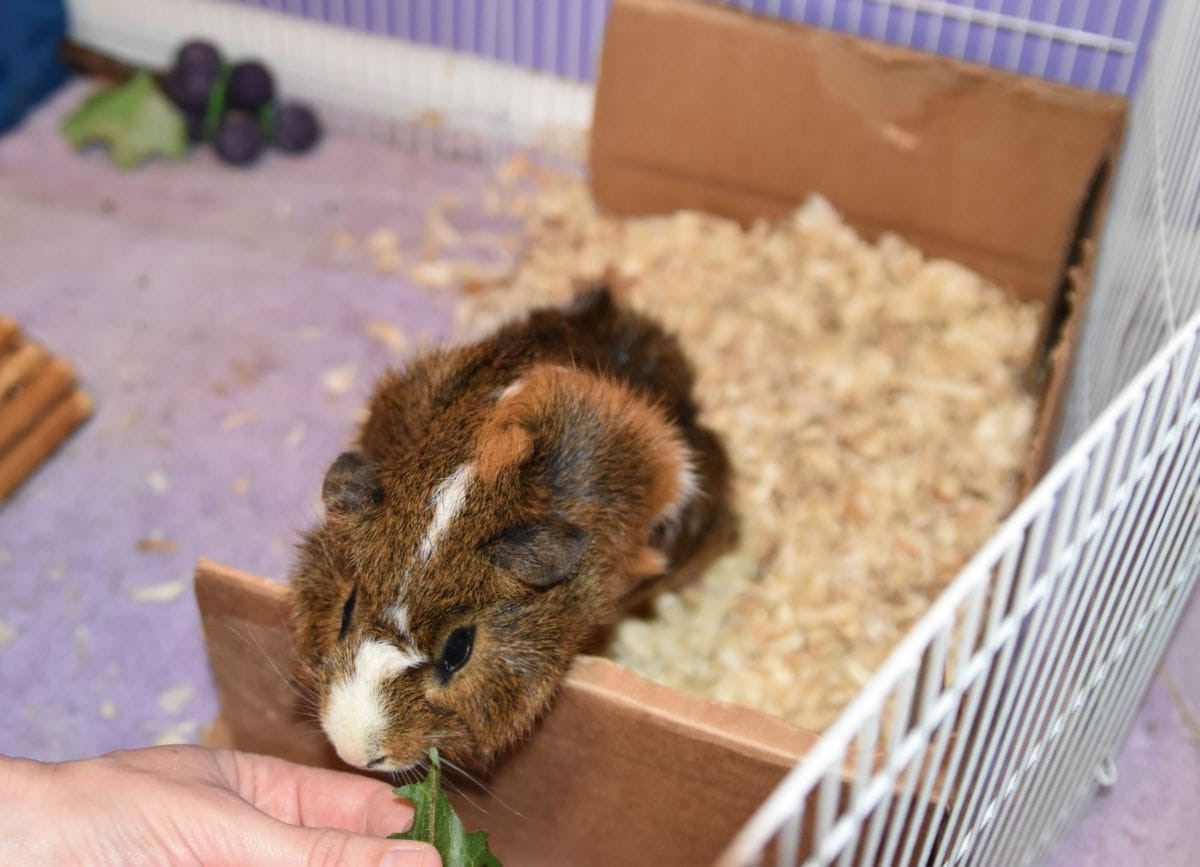
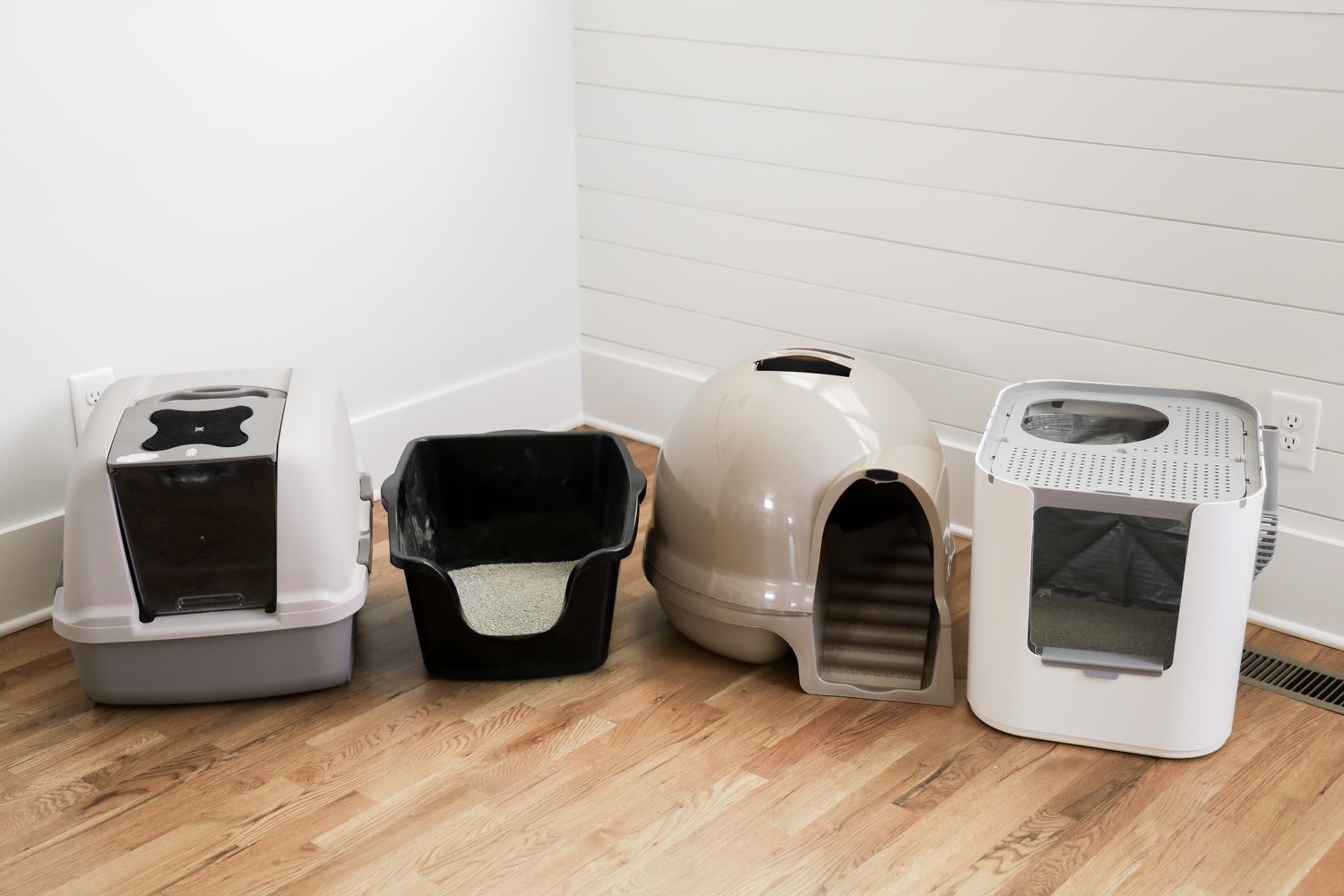


0 thoughts on “What Is Litter Box Aversion”